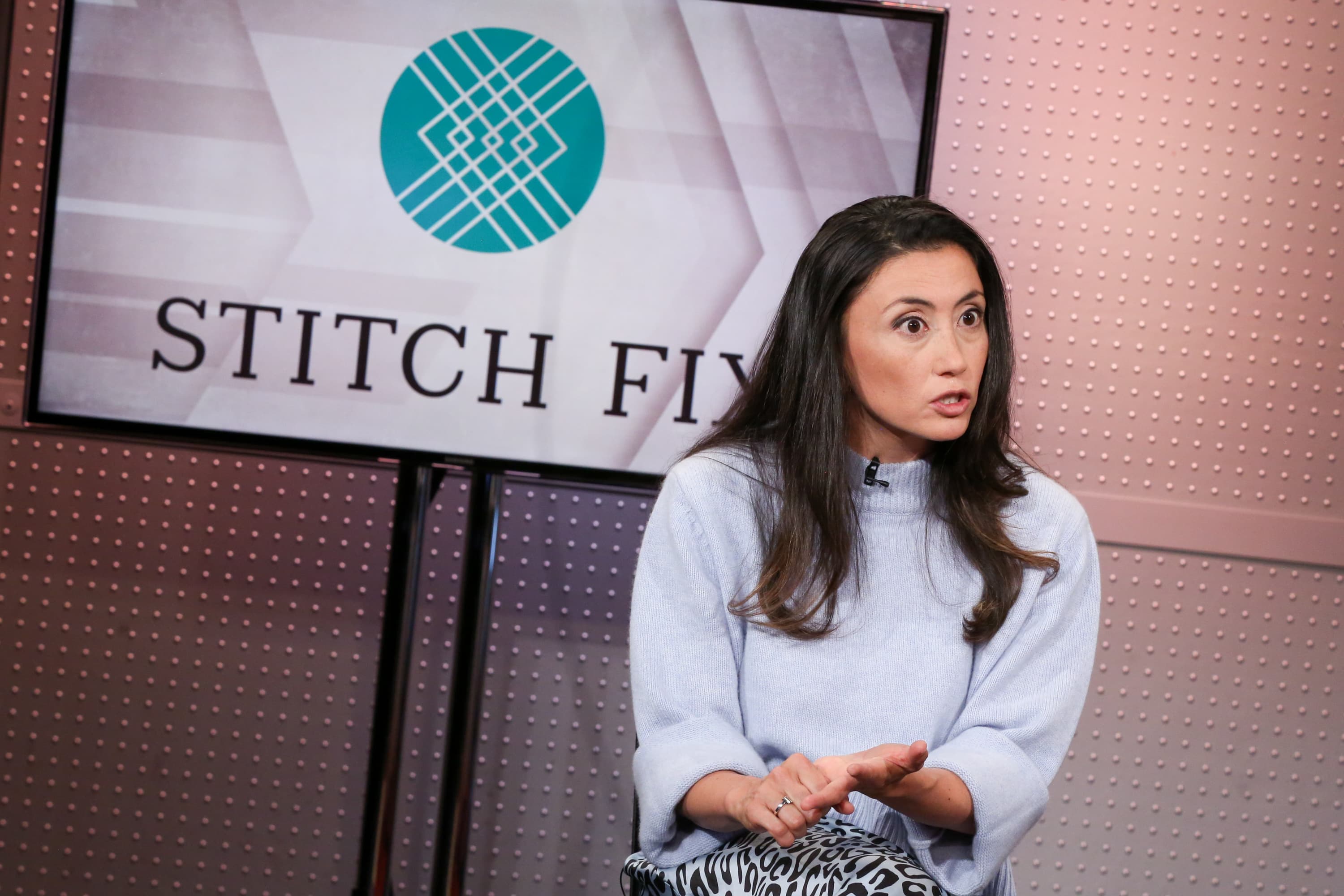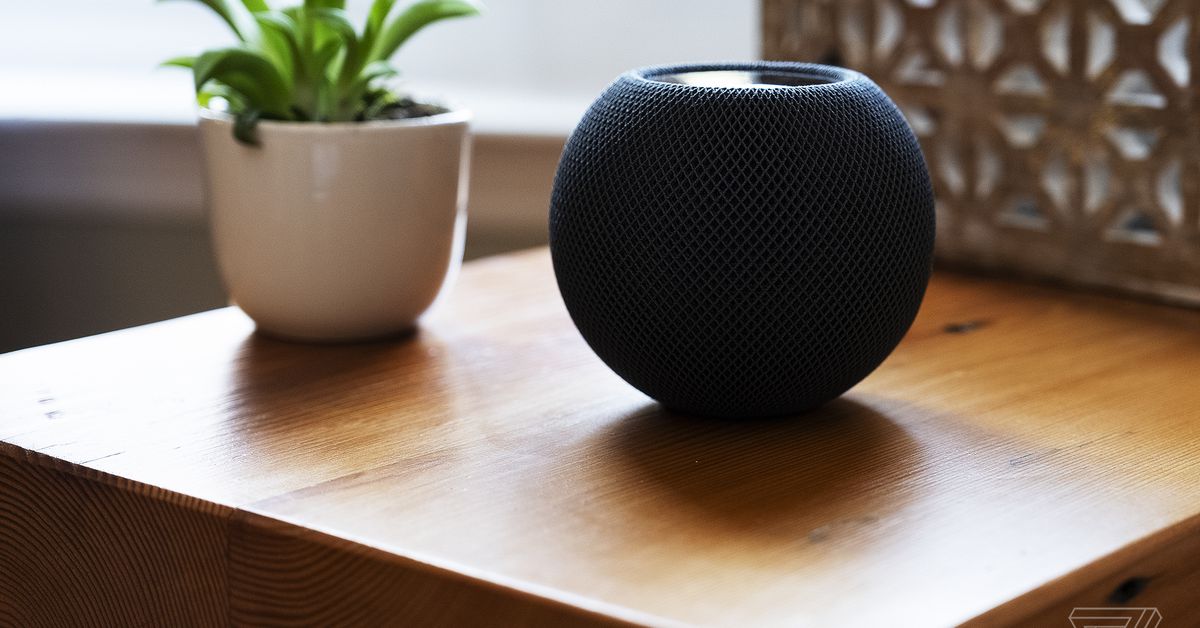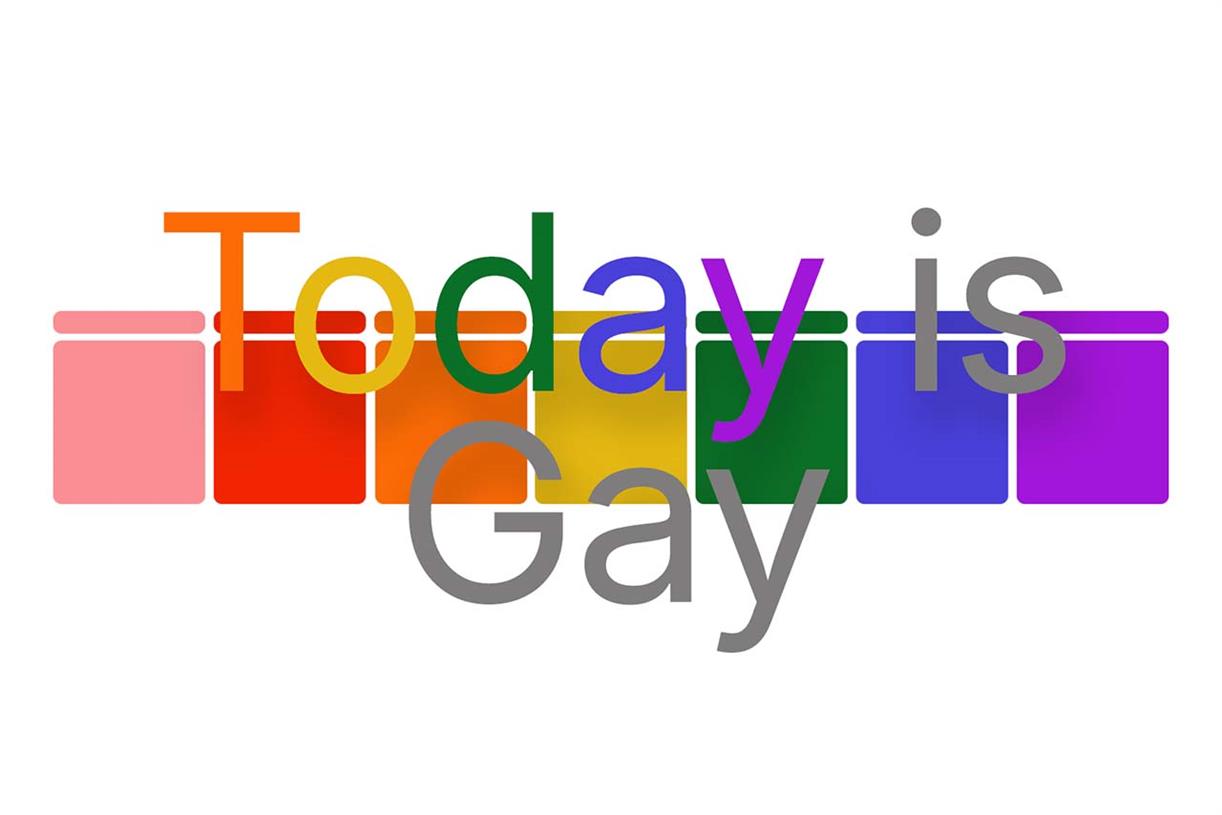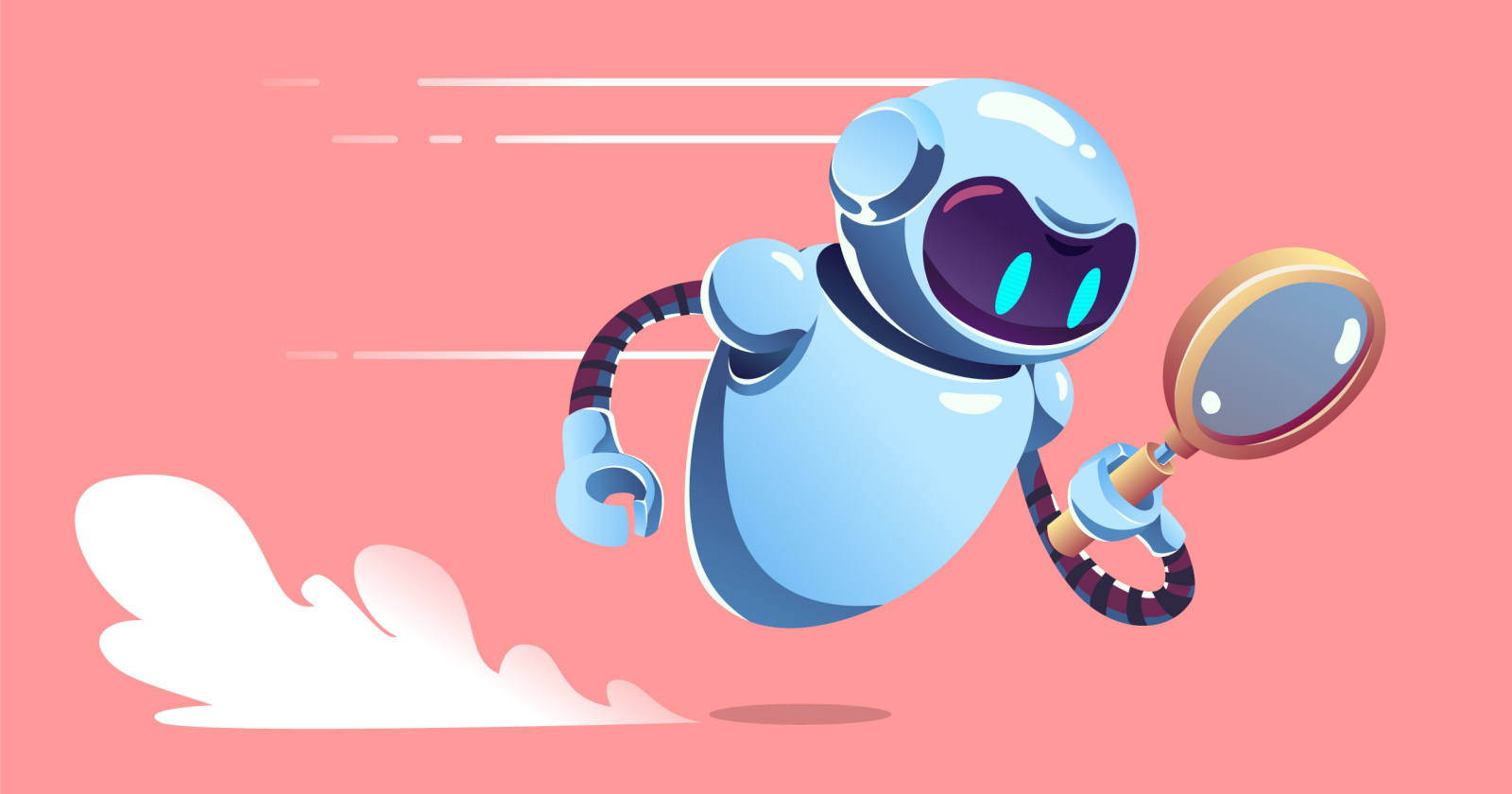The swagged-out pope is an AI fake — and an early glimpse of a new reality
The original viral image (left) and another AI-generated fake from the same batch (right). | Image: via Reddit / u/trippy_art_specialAI-generated images have gone viral before, but none have spread so far and wide as a picture of the pope...
/cdn.vox-cdn.com/uploads/chorus_asset/file/24539414/ai_pope_drip_god.jpg)
AI-generated images have gone viral before, but none have spread so far and wide as a picture of the pope wearing what can only be described as a swagged-out puffy jacket. Call him the Supreme pontiff. The Balenciaga bishop. The vicar of drip.
The picture seems to have been first posted online on Friday, submitted to a subreddit for the AI image generator Midjourney. Over the weekend, it spread on Twitter and other social networks, first as a meme and then as the subject of debunking. By Sunday, Chrissy Teigen was tweeting about it — a reliable indicator that an internet joke has gone mainstream.
“I thought the pope’s puffer jacket was real and didnt give it a second thought. no way am I surviving the future of technology,” Teigen tweeted, encapsulating the responses of many internet users. In her replies, someone said they thought calling it AI-generated was the joke, and Teigen responded: “Oh man now I’m REAL confused. Is it real?? i hate myself lol.”
The image is definitely fake, and there are important tells
The image is definitely fake. Not only was it posted to the Midjourney subreddit alongside three alternatives (Midjourney usually generates four images in response to each prompt) but it also contains telltale signs of AI generation, including a number of areas where details are conspicuously smeared. There’s the not quite hand not quite grasping a not quite coffee cup; a crucifix without proper right angles that depicts Jesus if he’d been sculpted in clay and sat on; and the edge of a glasses lens that somehow transitions into its own shadow — all indicative of AI generation: products of a system that knows the surface of reality but not the underlying rules that govern how physical objects interact.
Collage: The Verge
And yet, to point all this out seems like pedantry because the image undeniably looks real —for a certain definition of real, anyway. If you scrolled past it in your feed on Friday, you probably didn’t give it a second thought, perhaps tweeting “dang the pope a dripgod” and then moving on with your day.
But it’s useful to analyze why this particular image went viral, as it reveals a lot about how AI fakes will be shared and spread in the coming months. (No more than that, though: the field is moving too fast for predictions to keep longer than frozen leftovers.) To be more specific, the image went viral because it represents a particular alignment of subject and aesthetic — it works as a fake precisely because it matches ways we already consume images today.
First, there’s the subject: the pope himself. As journalist Ryan Broderick noted on Twitter, there’s something particular about the pope’s image that lends credence to the fake. “My theory as to why it’s fooling so many (myself initially included) is that the pope aesthetically exists in the same uncanny valley as most AI art,” tweeted Broderick. To be more explicit: the pope is known for wearing stylish clothes, and images of him often go viral because of this.
As trend forecaster Ayesha Siddiqi noted, the association between the bishop of Rome and Italian fashion is so strong that the Vatican has been forced to debunk rumors that the pope wears designer loafers. (“The pope, in summary, does not wear Prada, but Christ” was the official rebuttal.) And there are so many swaggy photos of Pope Francis floating around the web that others were able to pair this recent AI fake with real examples, like the pope signing a Lamborghini. It’s this contrast between the pope’s spiritual authority and material swagger that so often makes the man a meme. (That and the fact he tweets real good.)
AI art generators are particularly attuned to a certain hyperreal aesthetic
Just as importantly, though, the fact that the pope is a celebrity makes unbelievable images of him inherently more believable. This is because of the style of image created by AI art generators. It’s a specific look closely associated with Midjourney’s software, which received an update a few weeks ago improving the quality of its output and which has, in turn, created a mini wave of believable AI fakes currently circulating the web. (It also helps that there are lots of pictures of celebrities in Midjourney’s training data, making them easier to generate.)
Let’s call this style hyperrealism. First, because it’s the adjective often used in text prompts to generate such pictures, and second, because it links the aesthetic to Jean Baudrillard’s concept of the hyperreal — a culture in which simulations displace reality.
Hyperrealism in the context of AI images is an aesthetic defined by perfect lighting and glossy surfaces, by dramatic poses and saturated colors. It’s stylized and exaggerated — the sort of image we already associate with celebrities, whose likenesses are reproduced with such abundance and deliberation that they often already look fake. What’s interesting (and links the aesthetic of AI hyperrealism to Baudrillard’s philosophy) is that many in the AI art community describe these images as “photorealistic” when they are clearly cartoonish. For these people, what’s real is the output of AI systems: it’s the simulation displacing reality.
I think it’s these factors together that explain why certain AI images have gone viral recently. The swag pope is not the only one. You may have seen fake pictures of Elon Musk holding hands with AOC; French President Emmanuel Macron running through clouds of tear gas; or Donald Trump being arrested. In each case, the celebrity of the subject primes us to believe our eyes, as does the content, which is often linked to recent events (protests in France, Trump’s rumored indictment, Musk being a creep, etc.).
This is both scary and reassuring — reassuring because it suggests there is currently a limit to what AI fakes are believable but scary because this technology is moving too fast for any current reassurances to hold true for long. In fact, I’d say there’s only one guarantee when it comes to AI images: they’re only going to become believable. They’re certainly not limited to their current aesthetic. And sooner or later, they’re going to become hyperreal as Baudrillard defined the concept: masking the distinction entirely between the imaginary and the real.

 Kass
Kass 































